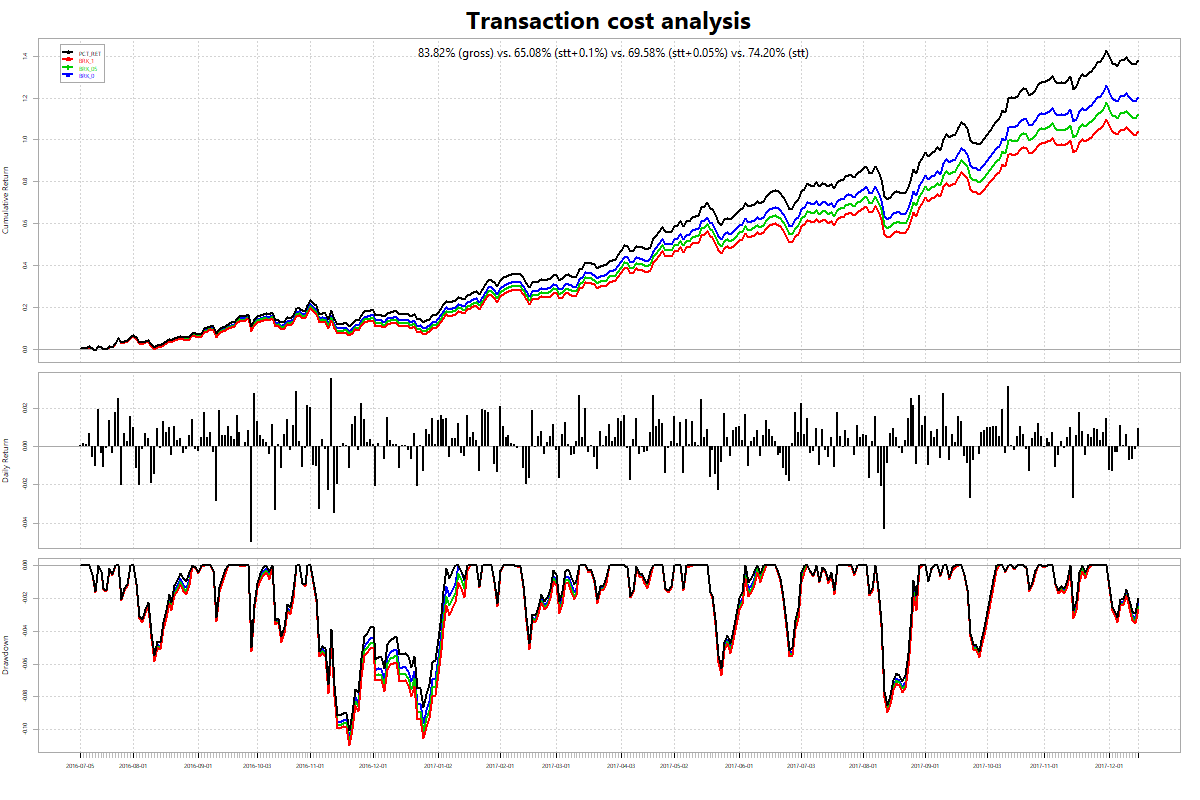Retail investors and their media diet tend to focus too much on what stocks to buy and which IPOs to subscribe rather than portfolio construction and maintenance. Some of these aspects were touched upon here and here. Below are some portfolio level questions that investors should answer before they dive into stock selection:
- Is cash allowed? If enough number of stocks cannot be found to fit the investment thesis, or if the market is “bad,” is the portfolio allowed to hold cash? Remember that cash in the brokerage account earns zero.
- What is the maximum number of positions? How much time is to be spent everyday on surviellance?
- How much of each stock is to be purchased? Is it going to be equal-weight, cap-weight (free-float or full-float) or factor-weight?
- Will there be hard position and sector limits?
- How will IPO subscriptions where the target allocation is not filled be handled?
- What will be covered in daily surveillance? Things to consider: M&A, management, regulations, competitor profile, government interference, etc.
- How will costs be controlled? Direct investing is an extremely expensive proposition in India. What are net portfolio returns after: STT, brokerage, exchange fees, SEBI fees, stamp duty, GST/IGST, demat fees, demat transaction charges, short-term gains tax, long-term gains, etc?
- Will the portfolio be bench-marked? Should the appropriate benchmark be a basket of mutual funds that could have otherwise been invested into?
- What about risk management? Is it going to be a long-only balls-to-the-wall portfolio or are there going to be hedges, stop-losses, etc.?
- What is the re-balancing strategy? Will the whole portfolio be recomputed or will only those positions that strayed too far away from the thesis be looked at? How often will this exercise be undertaken?
Unless investors can think through these questions, stock selection is irrelevant.

